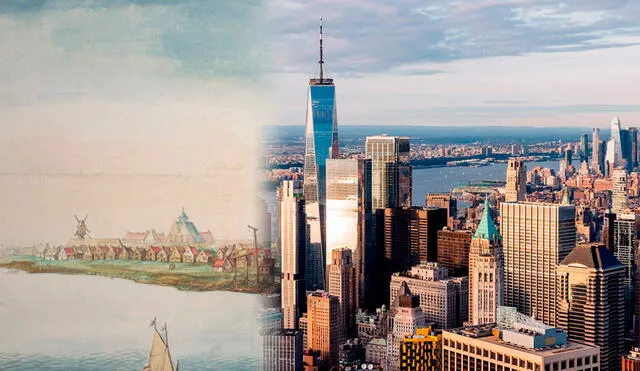The original name of New York City: A history of New Amsterdam and why it changed
New York City, the bustling metropolis we know and love today, was once a Dutch colony known as New Amsterdam. Learn about the fascinating history behind the city's name change and the impact it had on its future.

New York City, the vibrant heart of the United States, boasts a rich and diverse history that stretches back centuries. Today, it's a global hub of culture, finance and commerce, but its origins lie in a Dutch colonial settlement known as "New Amsterdam". This article delves into the fascinating story behind the city's name change, exploring the events that led to this significant shift and its lasting impact on the city's identity.
The tale begins in 1624 when Dutch colonists established a trading post on Manhattan Island, naming it New Amsterdam after the Dutch capital city. Over the next few decades, New Amsterdam flourished as a key commercial center, attracting settlers from across Europe. However, its Dutch reign was short-lived. In 1664, the English, led by the Duke of York, seized control of the colony, marking the end of Dutch rule in New Netherland.

Life in New Amsterdam: How the Dutch helped build the foundations of New York City history. Photo: The Bowery Boys - The New York City History.
The New Amsterdam’s English takeover and the name change
The English takeover of New Amsterdam was a pivotal moment in the city's history. Following the surrender, the city was renamed "New York" in honor of the Duke of York, who would later ascend to the English throne as King James II. This name change symbolized the transition of power from Dutch to English control and marked the beginning of a new era for the burgeoning city.
As mentioned, after the agreement with the Dutch, they renamed the city “New York” in honor of the Duke of York, who would later become King James II of England. The name change also marked the end of the colony of New Netherland and the beginning of English rule in the region. Since then, New York became a point of union between the New World and the Old Continent. In addition, the city has attracted the most brilliant artists and intellectuals in history who saw in the torch of Lady Liberty a symbol of hope and rebirth.

New Amsterdam (present-day New York) becomes a city (2/2/1653). Photo: The Colonial Brewer.
The legacy of New Amsterdam
While the name New Amsterdam may have faded into history, its legacy lives on in the city's fabric. Traces of Dutch influence can still be found in the architecture, street names, and even the city's culinary traditions. The story of New Amsterdam serves as a reminder of the city's diverse past and the many forces that have shaped its unique identity.
From its humble beginnings as a Dutch trading post to its modern-day status as a global metropolis, New York City has undergone a remarkable transformation. The name change from New Amsterdam to New York reflects this evolution, marking a significant turning point in the city's history. By understanding the past, we can gain a deeper appreciation for the present and the forces that continue to shape the city's future.












